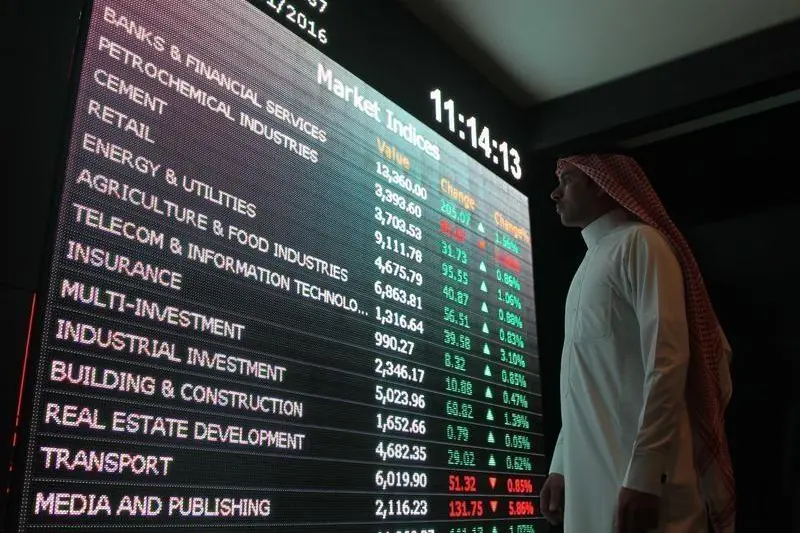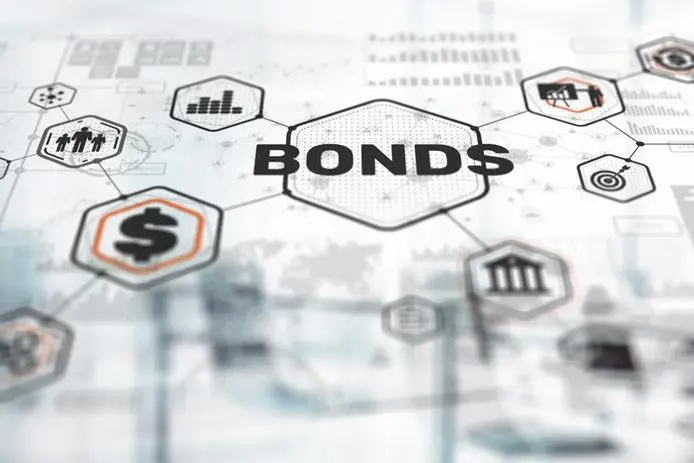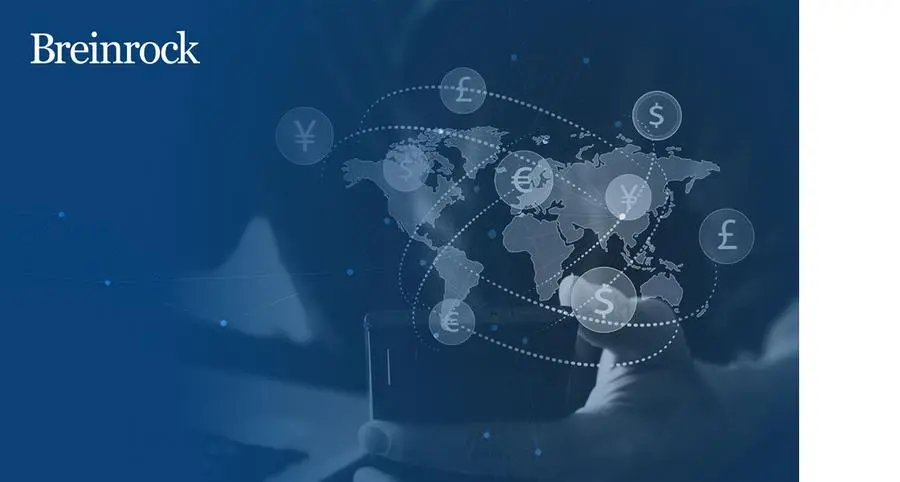PHOTO
Blurb:
- Tensions between the U.S. and China could escalate around capital flows, Taiwan, and other factors, potentially driving deeper international divisions in an increasingly multipolar world.
- However, the U.S. dollar will in all likelihood continue as the world’s dominant currency over the secular horizon.
- Artificial intelligence may modestly increase global productivity, but it also could increase income disparity.
The members of PIMCO’s Global Advisory Board, a team of world-renowned macroeconomic thinkers and former policymakers, recently joined the discussion at PIMCO’s annual Secular Forum, where they addressed critical factors likely to shape the global economy over the five-year horizon. The board’s insights constitute a valuable input into PIMCO’s investment process, and the views they presented helped inform the latest Secular Outlook, “The Aftershock Economy.” The discussion below is distilled from their far-ranging conversation.
Q: What are some global macroeconomic and geopolitical trends that are likely to have an impact over the secular horizon?
A: We see three seismic shifts. First, we are moving from a unipolar world centered on U.S. hegemony toward a more multipolar world, with the U.S. still the leading state but also multiple centers of power. Second, we are shifting from the neoliberal economics of the last 30 years to a neomercantilist economics, in which in various countries and to varying degrees the state is intervening far more in trade, technology, industrial policy, and much more. Third, and partly as a result of this, we are moving from what was an era of hyper-globalization to what we could call globalization-lite, with shorter supply chains, reshoring, and “friend-shoring” in vogue, but not deglobalization and not “slowbalization” (because trade in services is rising).
Underlying these three changes is rising nationalism – e.g., America First (or Buy America), China First, Russia First. This mindset sees the world in terms of a struggle between “us” and “them” and shifts away from a win-win economics through trade toward the dominance of a zero-sum scenario in which you have to lose for me to win. Such populist – and even xenophobic – nationalism and protectionism will lessen global trade, slow global growth, and contain within it inflationary and fiscal pressures, but also could pose an existential crisis if they leave no room for cooperation even if global problems such as climate change, pandemic preparedness, or financial stability require global responses.
We also see a new “resource nationalism” as countries with metallic resources take more state control in a race to acquire in-demand materials such as nickel in Indonesia, copper in Peru and Chile, cobalt in the Democratic Republic of the Congo, and rare earths in China.
In a fading unipolar world, traditional attachments are weakening, countries such as India are playing America, Russia, and China against each together, and we see opportunistic liaisons forming and increasing: the expansion of the BRICS group beyond the five countries of Brazil, Russia, India, China, and South Africa; a growing Saudi–China alliance, and South Africa–Russia–China military cooperation. At the same time, with its focus on regional and bilateral alliances, the U.S. seems less interested in leveraging international institutions it helped to create, including the G-20, the International Monetary Fund, and the World Trade Organization.
Big advances in the implementation of AI and related technologies could turbocharge productivity and growth by the end of the secular horizon, but ultimately, all these geopolitical trends above help explain and reinforce current forecasts of lower global growth.
Q: How is the Russia-Ukraine conflict likely to play out over the next five years?
A: It is difficult to foresee how the Russia-Ukraine conflict will be resolved, or even if it will be resolved, over the secular horizon. There are three scenarios to consider. The first scenario would be a decisive win on the battlefield by Russia or Ukraine that ends fighting, but we see little probability of such an outcome. The second scenario is a negotiated ceasefire or withdrawal of forces with a settlement on agreed borders, and that is about a 30% probability. The most likely case is a frozen conflict with Russian forces still present in the East and parts of Crimea and sporadic fighting, but with little change in the line of control. That’s a 50% or greater probability.
The risk of nuclear escalation by Russian President Vladimir Putin is low, in our view, since his allies have raised objections and highlighted the costs to Russia of such a drastic strategy. It is still possible in theory, however, if Russia loses enough territory that Putin has nothing to show for the invasion, which could be a regime-threatening situation for him. But then, would the Russian military actually execute on a nuclear threat?
This invasion has set back Russia’s military significantly, and it will likely take decades to rebuild. Yet, Russia likely can hold the Ukrainian population and critical infrastructure at risk indefinitely with missile and drone strikes, and can keep, or try to keep, Ukraine from recovering and returning to normalcy. Meanwhile, Ukraine is seeking to join the North Atlantic Treaty Organization (NATO), and to receive stronger support from the West for better equipment and training. Still, all signs point to a frozen conflict, which is tragic for Ukraine in the long run.
Q: What is the outlook for the U.S. dollar over the secular horizon?
A: Market pundits have speculated on the dollar being dethroned for a few reasons. This year’s battle over the U.S. debt limit sparked such comments, yet back in 2011, when we were watching the debt limit closely and the country seemed close to default – even prompting a downgrade from rating agency S&P – the dollar actually strengthened. U.S. bonds strengthened as well, reflecting a flight to “quality” as investors were fearful of the potential ramifications of default.
To be sure, a number of major countries routinely make and receive payments in non-dollar currencies, and pundits also muse on the impact of sanctions, which have forced some countries, including Russia, China, and Iran, to work around the dollar. However, we do not see major, long-term implications.
Indeed, we believe the dollar will continue, certainly through the secular horizon, to maintain its dominant position. The U.S. has the largest, deepest, and most varied capital markets, so holders of dollars can find places to put their money. The U.S. doesn’t have capital controls. Also, notwithstanding the recent global experience, inflation has been overall low and steady in the U.S. for decades. In addition, there are what economists call network effects: People use the dollar because everyone else uses the dollar. Finally, there’s no obvious substitute.
Read the full Q&A here
For Professional Investors Only. PIMCO Europe Ltd (Company No. 2604517) is authorised and regulated by the Financial Conduct Authority (12 Endeavour Square, London E20 1JN) in the UK. PIMCO Europe Ltd services are available only to professional clients as defined in the Financial Conduct Authority’s Handbook and are not available to individual investors, who should not rely on this communication. ©2023, PIMCO Past performance is not a guarantee or a reliable indicator of future results.























